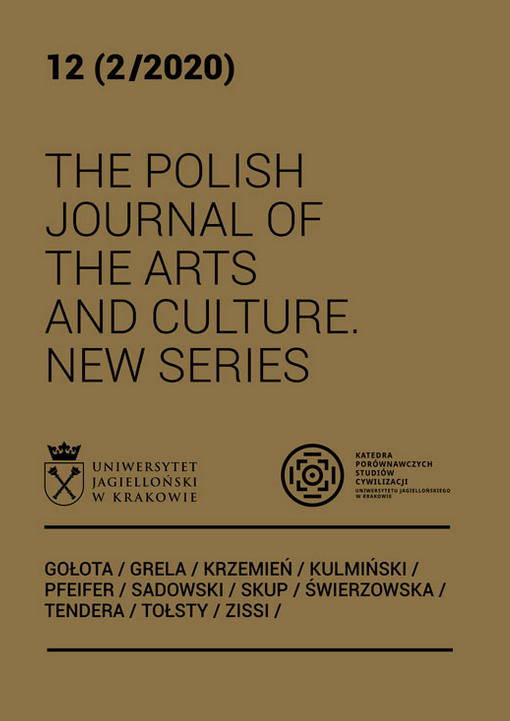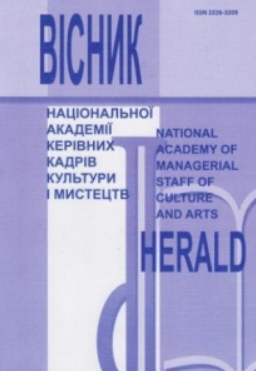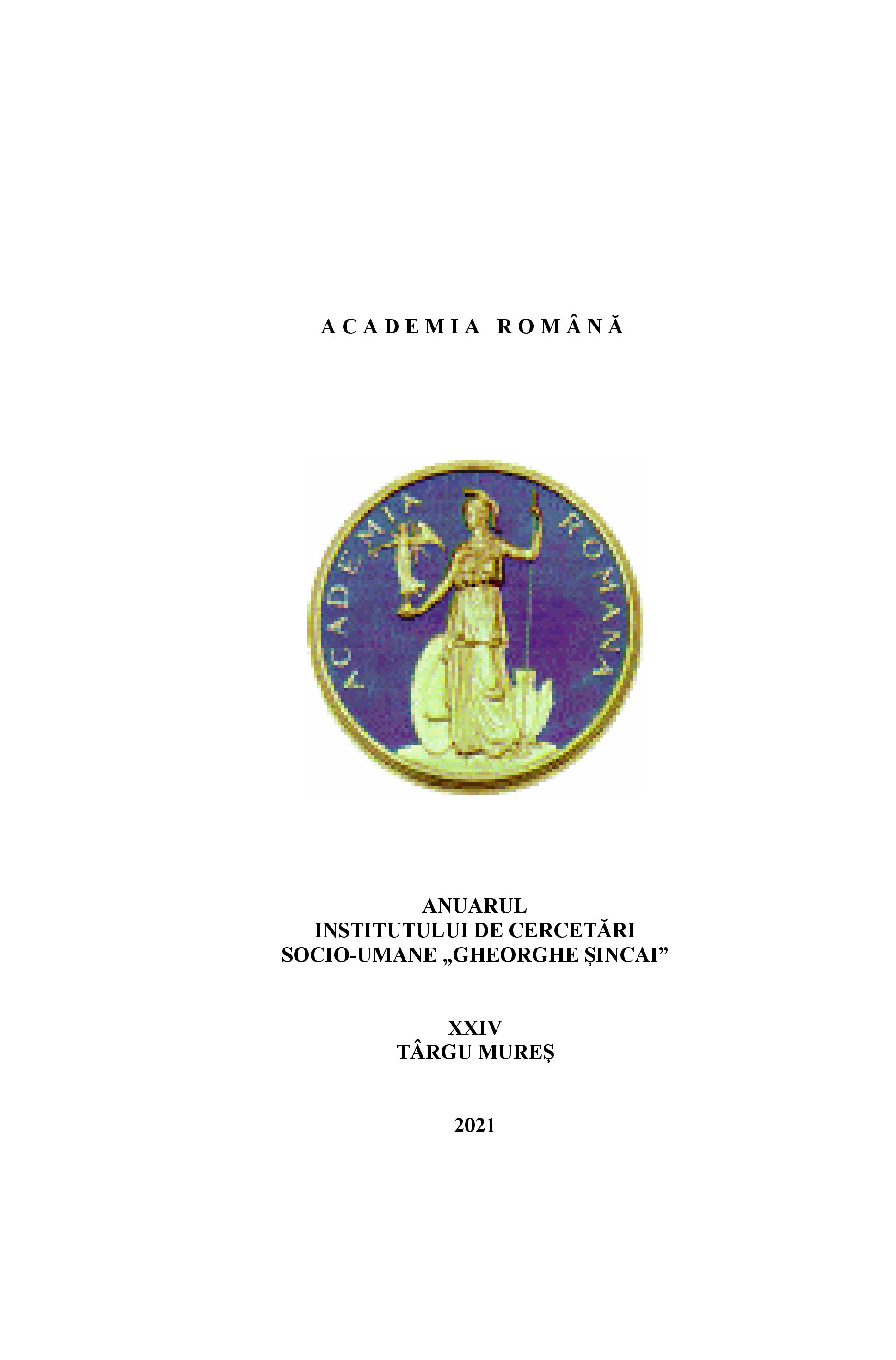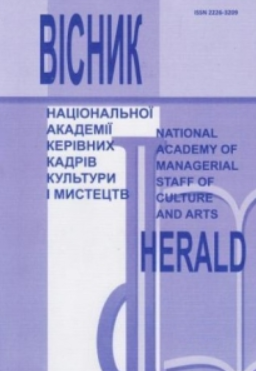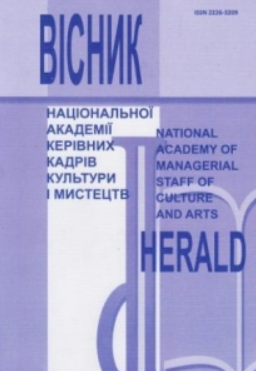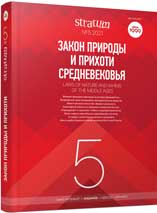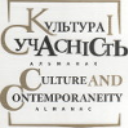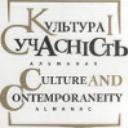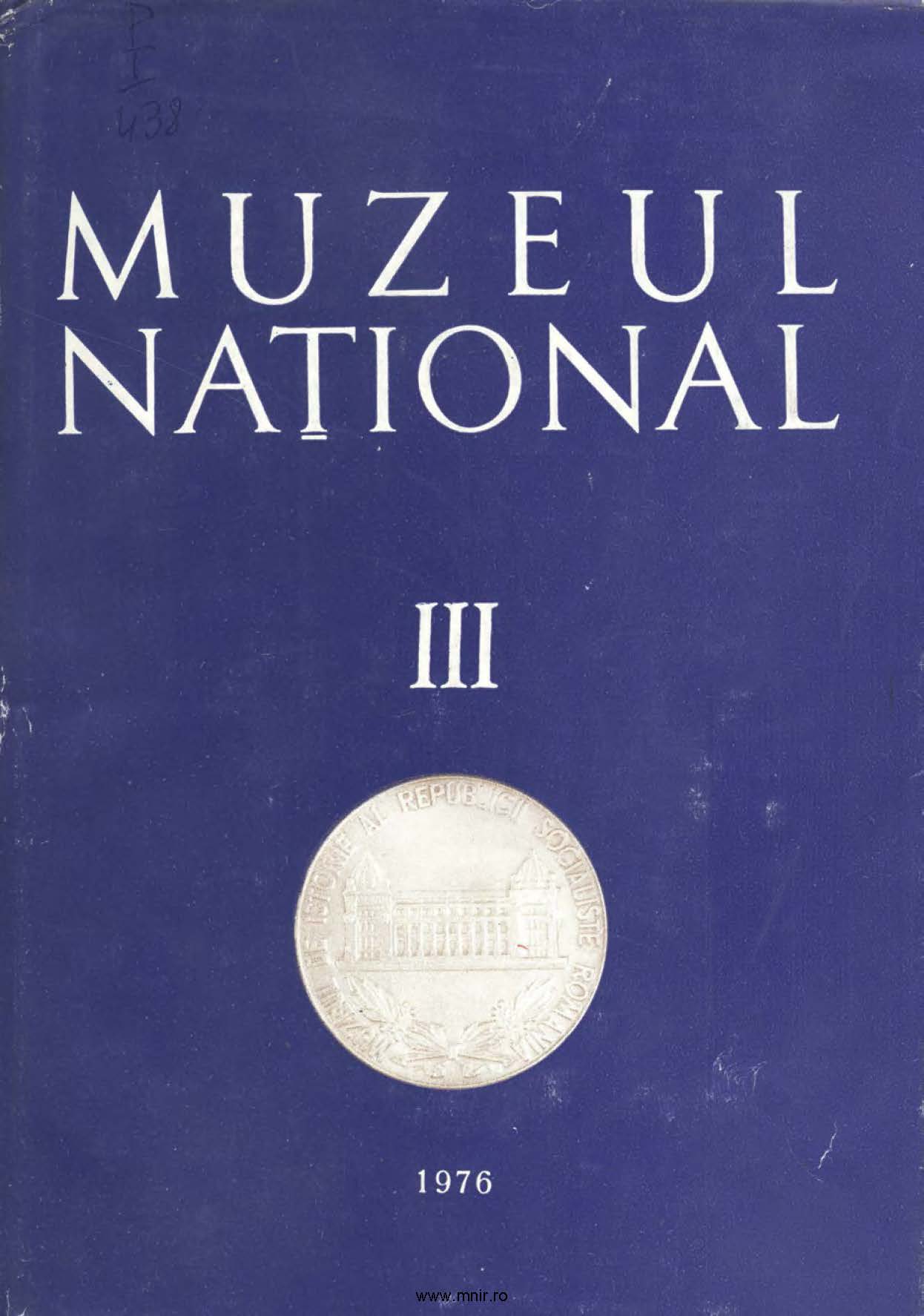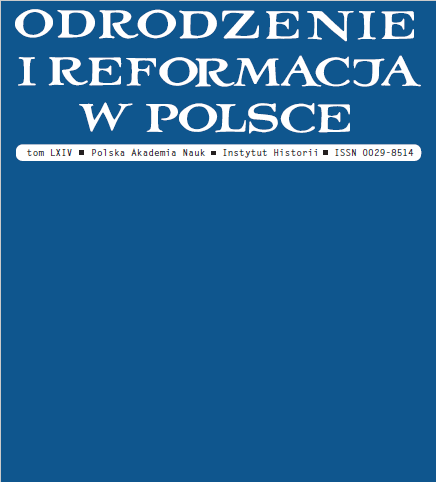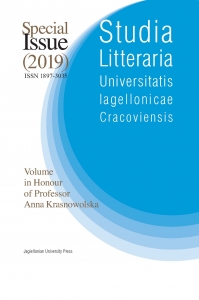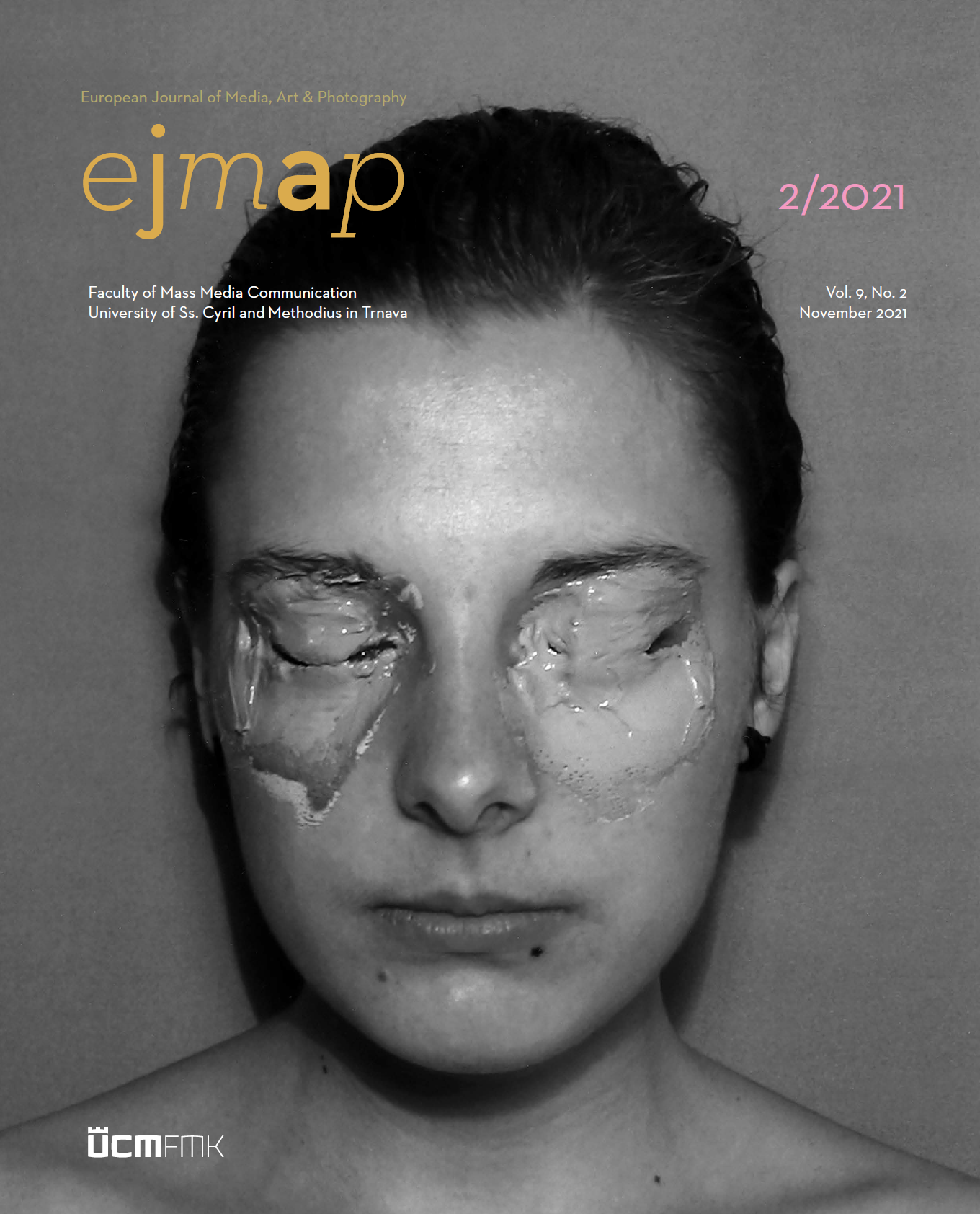Author(s): Olena Stalyevna Afonina / Language(s): Ukrainian
Issue: 1/2021
The purpose of the article is to summarize information about the study of artistic practices of contemporary art in the aspect of psychological concepts of study. The methodology of the work is based on the use of general scientific research methods. A comparative analysis is applied to conceptualize the provisions of psychology for the analysis of works of contemporary art. The scientific novelty of the work lies in the introduction of conceptual provisions from psychoanalytic research to the analysis of works of musical, visual, choreographic art of the late XX - XXI centuries. Conclusions. The concepts of psychologists (K. G. Jung, R. Atkinson and R. Shiffrin, D. Anderson and G. Bauer, L. Brooks, A. Paivio, J. Santa, P. Vollen, S. Lauri and M. Weber) reveal the mechanisms of perception of modern art. Characterization of mnemonic processes of memory with such operations: orientation in the semantic structure of the material, dismemberment and grouping of semantic elements, establishing links between the structural units of the text, recoding verbal information into figurative, consolidating the material, memorization in general, and in parts occur in creative processes and processes of perception of the majority cultural codes. The use of concepts (quotation, allusion, reminiscence, contamination) to the analysis of works of contemporary art is confirmed by the results of research by psychologists on the perception of cited visual, auditory, verbal information, which evokes allusions or reminiscences to previously known material, but now with new connotations on the example of works by Yu. Gomelskaya, A. Zhivotkov, A. Kozarenko, R. Poklitaru, A. Rodin, E. Stankovich.
More...
